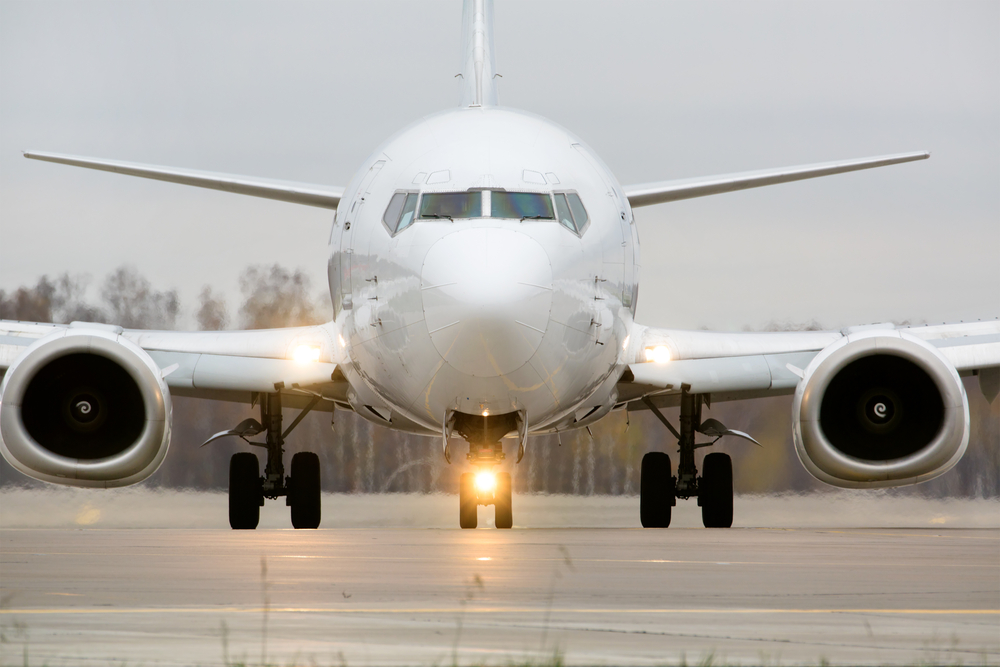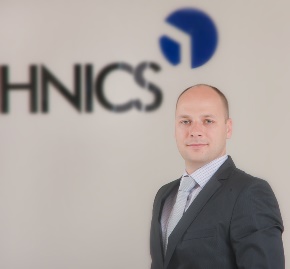
CFM56 family remains one of the most popular engine types both globally and regionally. Even as CFM is preparing to start the transition towards the next-generation LEAP family, it continues to look at upgrades to the current popular models. This means that as the deliveries of the newer generation aircraft accelerate, support requirements for the trusty CFM56 will continue to grow and develop. However, will the MROs be able to follow?
With its exclusive position on the Boeing 737MAX, CFM has the lion’s share of the market with over 4 900 firm orders for its LEAP-1A/Bs – almost 60% of the combined NEO/MAX order book. However, the manufacturer also continues to break production records for the CFM56 family, delivering 8 500th engine of the type for Airbus, 10 000th for Boeing and 25 000th overall in 2013. As a result, the CFM56 family is expected to account for most of the global engine MRO growth – with a 6-7% annual growth rate over the next 5 years.
“The CFM56 family is probably the most operated engine in Europe, and is expected to be coming due for shop visits in large quantities over the next few years. Of course, on older types – such as the CFM56-3 – there is an increasing trend for customers to move away from repairs to the use of reconditioned materials. However, the business environment is being balanced-out by the demand for newer generation model support,” shares Kestutis Volungevicius, the Head of FL Technics Training. For instance, CFM 56-5B and -7B operators, who tended to delay the visits over the past few years, can no longer do so. The challenge is, however, to have enough properly-qualified personnel to meet the upcoming demand.”
expected to be coming due for shop visits in large quantities over the next few years. Of course, on older types – such as the CFM56-3 – there is an increasing trend for customers to move away from repairs to the use of reconditioned materials. However, the business environment is being balanced-out by the demand for newer generation model support,” shares Kestutis Volungevicius, the Head of FL Technics Training. For instance, CFM 56-5B and -7B operators, who tended to delay the visits over the past few years, can no longer do so. The challenge is, however, to have enough properly-qualified personnel to meet the upcoming demand.”
Most experts agree that the vast majority of repairs in the nearest future will take place in North America and Europe, because this is where most of the overhauls by global value are performed. However, another trend that is starting to have an impact is the growth of operators in harsh climatic condition and/or such emerging markets, as China, India and the Middle East. These areas can carry the additional hazard of sand and dust ingestion from the air or from less-than-perfect runways. Nevertheless, about 50% of future aircraft deliveries are expected to go to these regions. As a result, low-cost carriers in these regions operating CFM56-powered aircraft will be flying as many sectors per day as possible, thus facing an increased likelihood of engines suffering from ingestion problems.
“As the industry expands in geography, the requirements for the technologies used in manufacturing are changing accordingly. As a result, it is only natural that changes also have to be made to maintenance requirements of the used products. Add to that the need to support new sophisticated fuel-saving solutions implemented for better engine performance, and you get a highly competitive business environment with a high demand for relevant specialists as well as their training. Thus, having the highest quality professionals at your disposal might become the critical aspect in gaining the much-needed competitive edge,” concludes the Head of FL Technics Training.





